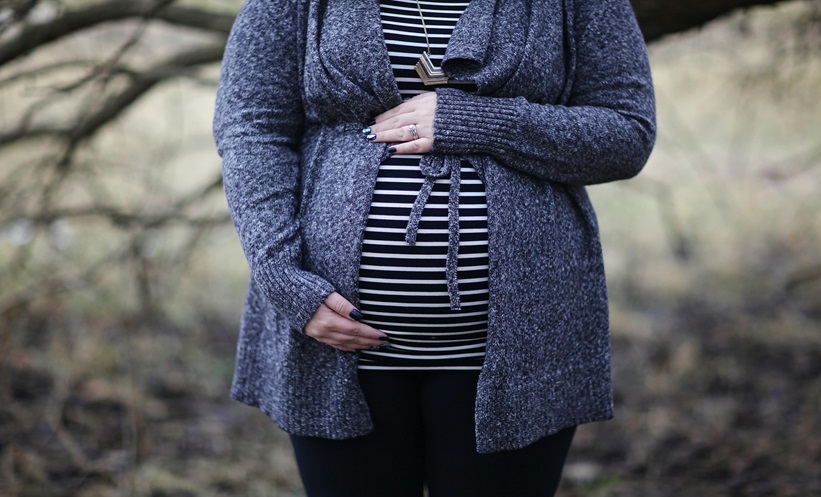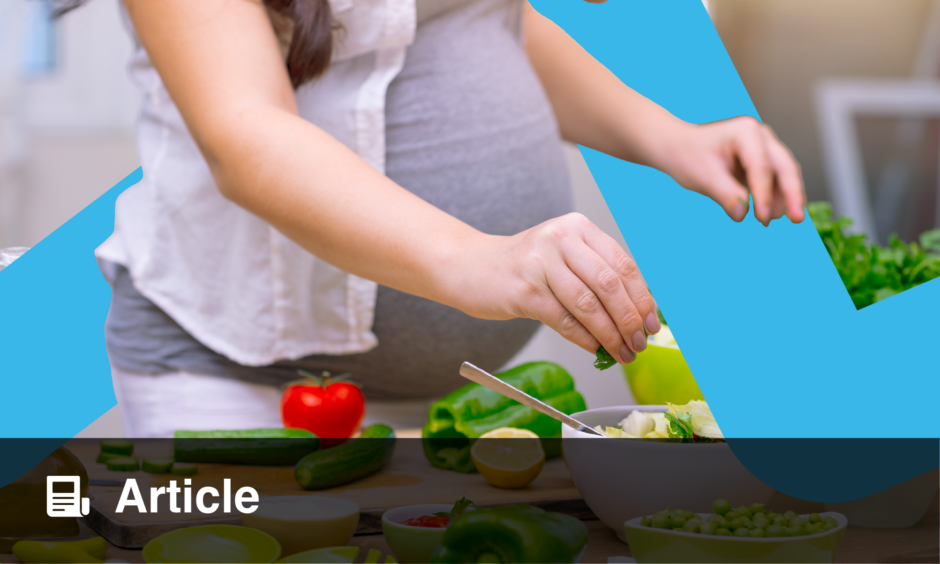CONCURRENT prenatal cannabis and nicotine use has been linked to adverse maternal and neonatal outcomes, in research conducted by Oregon Health & Science University, Portland, Oregon, USA. Despite limited epidemiological data, existing evidence suggests a potential exacerbation of the adverse effects of cannabis on nicotine exposure during pregnancy.
A retrospective cohort study analysed data from 3,129,259 pregnant females with singleton pregnancies in California, USA between 2012–2019. Using linked hospital discharge and vital statistics data, researchers assessed outcomes including infant and neonatal death, infants small for gestational age, and preterm birth, categorising participants based on cannabis and nicotine use during pregnancy.
Overall, 0.7% of females used cannabis, 1.8% used nicotine, and 0.3% used both cannabis and nicotine in pregnancy. Compared to non-users, females who used cannabis or nicotine alone during pregnancy had elevated rates of infant and neonatal death, small for gestational age infants, and preterm birth. Those who used both substances experienced even higher risks: dual users had a 2.18-fold increased risk of infant death (95% confidence interval [CI]: 1.82–2.62), 1.76-fold increased risk of neonatal death (95% CI: 1.36–2.28), and 1.94-fold increased risk of small for gestational age infants (95% CI: 1.86–2.02). Preterm birth risk was also elevated in dual users (adjusted risk ratio [aRR]: 1.83; 95% CI: 1.75–1.91). Additionally, severe maternal morbidity rates were higher among cannabis-alone users (aRR: 1.33; 95% CI: 1.22–1.45), nicotine-alone users (aRR: 1.42; 95% CI: 1.34–1.50), and dual users (aRR: 1.46; 95% CI: 1.29–1.64), compared to non-users.
The researchers conclude that abstinence from both cannabis and nicotine during pregnancy is essential to mitigate adverse pregnancy outcomes. Even discontinuing one substance could offer benefits. Further research should explore the influence of potency, frequency, and timing of prenatal exposure to cannabis and nicotine on maternal and offspring outcomes, to inform public health strategies and clinical guidance for pregnant individuals.
Reference
Crosland BA et al. Risk of adverse neonatal outcomes after combined prenatal cannabis and nicotine exposure. JAMA Netw Open. 2024;7(5):e2410151.








